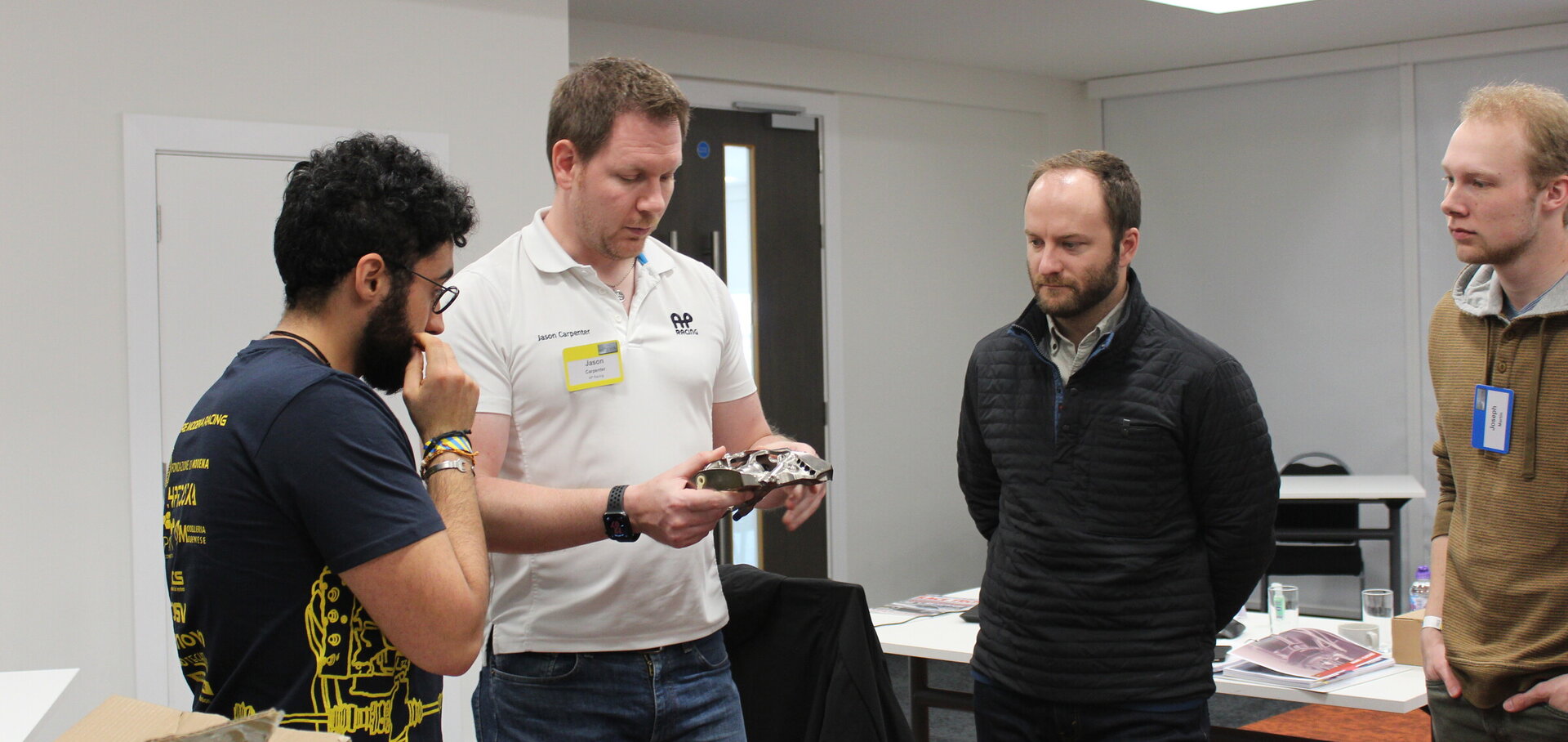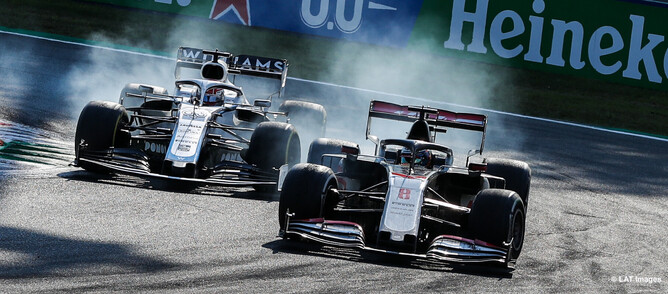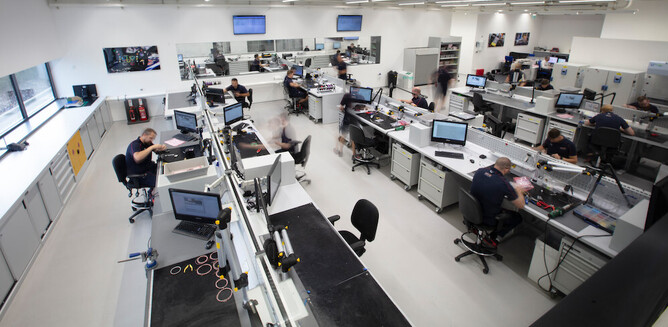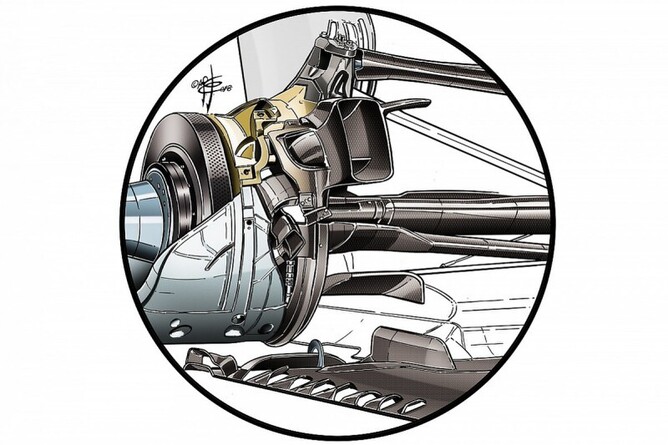Bringing everything together
Designing a racing car is a complicated business. Over 14,500 components make up a modern Formula 1 car and teams can spend $400 million a year to ultimately optimise the performance of each of those parts. But how do you go about directing that process and what areas should you focus on to maximise the car’s ultimate performance at the track?
All design areas are equal
Each design area can lay a claim to being the most important: aerodynamics, tyres, structures, powertrain. But there is one that underpins everything: vehicle dynamics. If any design area dominates the design process, you can very quickly end up with an undriveable car.
Allow structures to dominate and your car will be lightweight and well laid out, but without enough downforce to be competitive. Allow aero to dominate and you could end up with a fast but impractical and unreliable car. This is what McLaren discovered back in 2003 with the infamous MP4/18.
Suspension compromises
Suspension geometry is a good example of one of the compromises overseen by vehicle dynamics departments across grids in all forms of motorsport. Each department has different demands of the suspension layout, most of which do not play well together.
Aerodynamicists will want to use the wishbones to enhance flow control, create vortices and ideally want to remove any blockages like pushrods, driveshafts and steering arms from the flow path. They will have a very narrow range of ideal front and rear ride heights that will allow the car to remain near the load peaks of the downforce maps.
The structures group want wishbones with a wide vertical spread and optimum leg angles to remove as much weight as possible and optimise stiffness. The transmissions group want the driveshafts to be perpendicular to the gearbox for efficiency and reliability.
On the other hand, race engineering want to have a wide range of set-up options. This will allow them to achieve a number of lateral load transfer distribution shifts to address understeer/oversteer balance through a corner. They also want a stiff car that rides like a limousine to cope with riding on kerbs.
Even the tyre engineers within the vehicle dynamics group itself have a favoured solution. They want to create optimum toe, camber and castor control to optimise tyre contact patch areas and temperatures.
The reality of designing a fast racecar is that the end product is somewhere in the middle of all these conflicting requirements. It's the job of the vehicle dynamicist to analyse and understand the consequences of each requirement and establish the optimum solution.
Some are more equal than others
However, over the years, the F1 regulations have driven a very aero-dominant formula, meaning that aerodynamicists often win. A classic example of this is the positioning of the rear wishbones on today's F1 cars. The lower wishbone is often at the wheel centre height and the top wishbone is above the top of the tyre. The wishbone legs can be quite narrow, almost next to each other and perpendicular to the chassis.
A quick structural analysis will tell you that this is not good for stiffness, particularly in the camber sense. The lower wishbone becomes a pivot and only the dog-legged top wishbone will prevent rotation. The structure would be much more efficient if the wishbones were positioned at the top and bottom of the upright, essentially limited only by the wheel size. The wishbone legs would ideally be widely angled to allow them to withstand braking and traction loads in the lightest and stiffest way.
However, aerodynamically, this extreme layout is great though. The overall blockage is reduced and there is an increased volume low down. This helps to manage the airflow around the tyres and diffuser as well as optimise all of the aero geometry on the brake ducts.
The narrow wishbones are there to increase their effectiveness over the air flow. In a pure vehicle dynamics sense, this kind of geometry can lead to some strange roll centre heights. There will also be odd compromises on roll stiffness distribution and anti-roll bar requirements. Camber control also becomes a little bit more difficult geometrically and compliantly.
Every part of the design process has an important role to play in creating a championship winning car. But vehicle dynamics is where they all come together and teams can start to understand if all their hard work will pay off.






